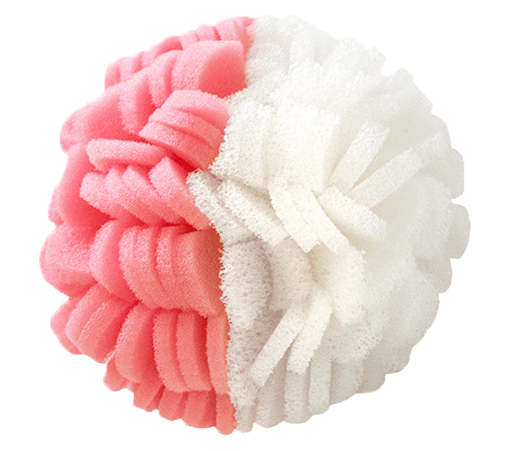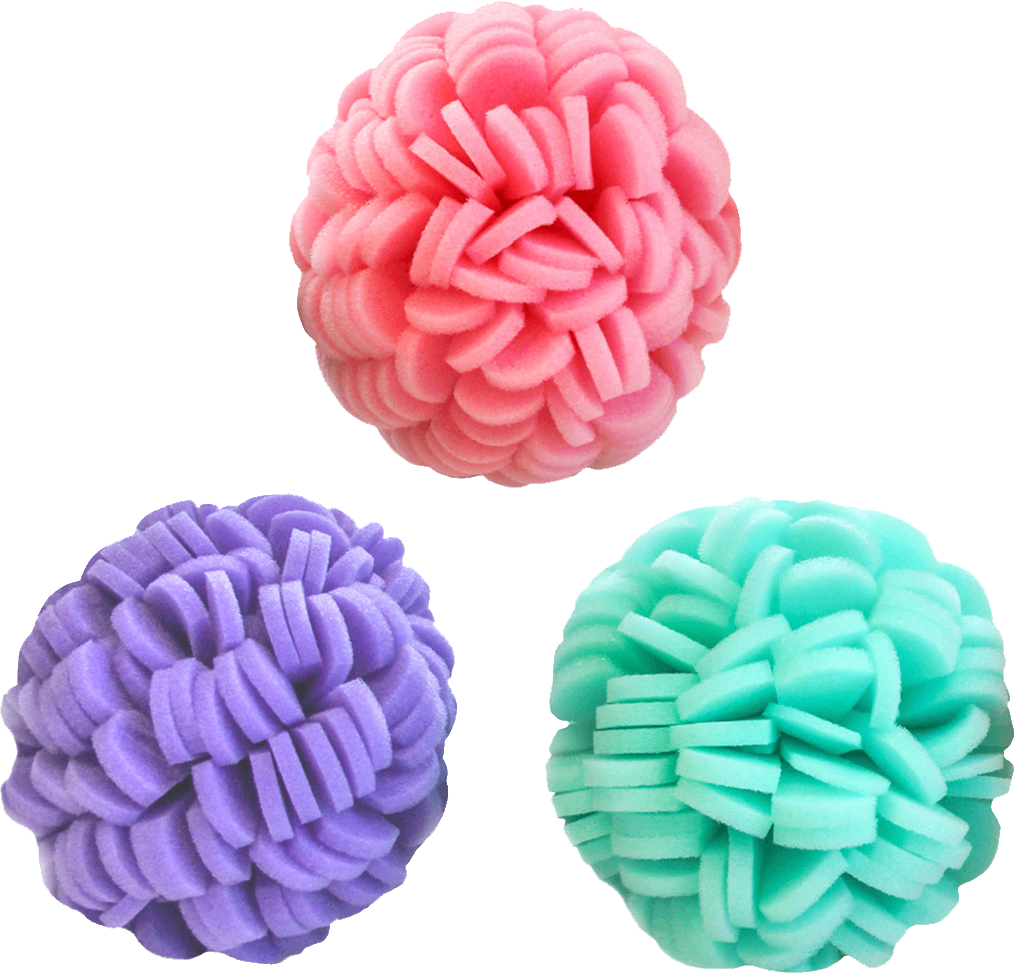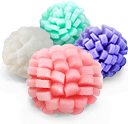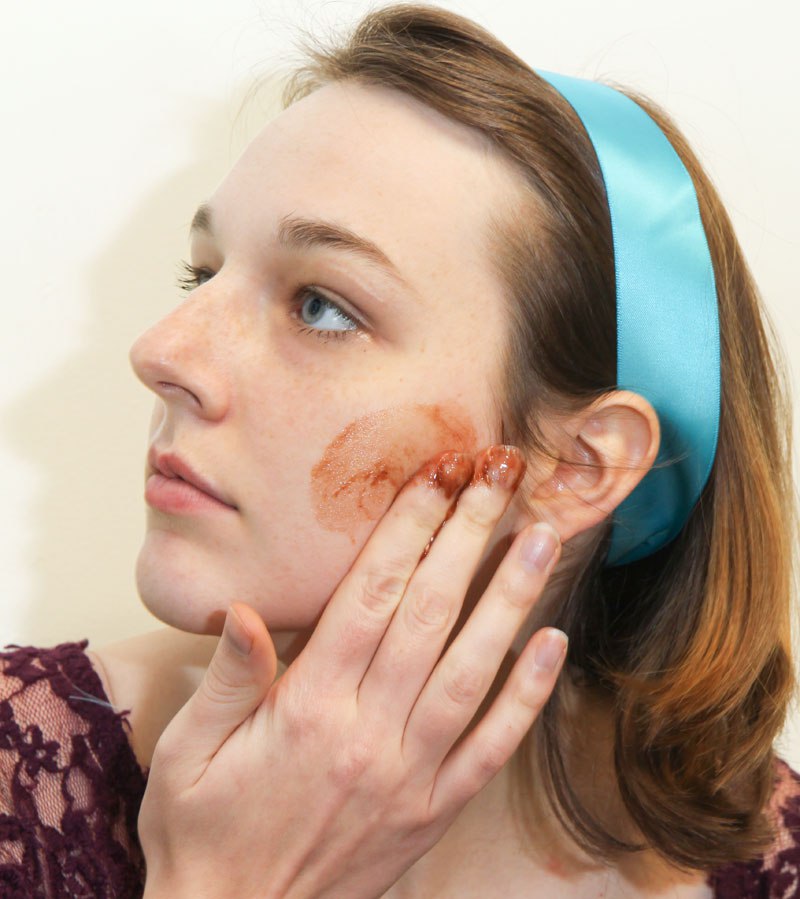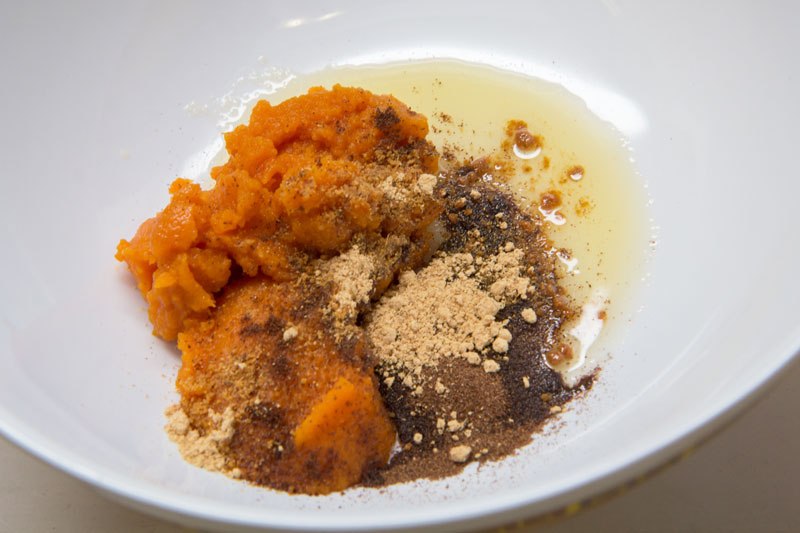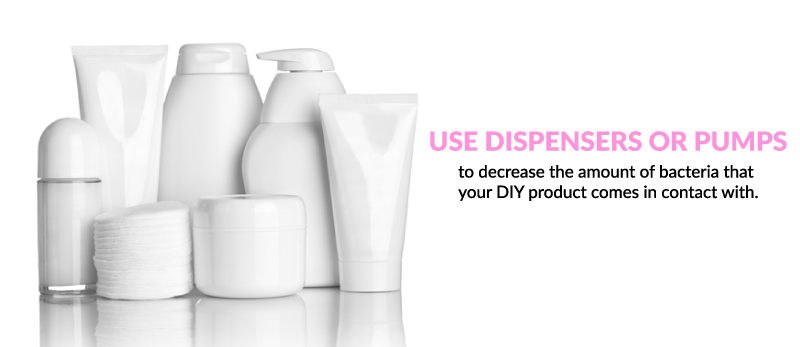Whenever we come across an acclaimed skincare ingredient in clinical research, we love to experiment with it in different DIY formulations. Unfortunately, homemade products must be used much more cautiously than most over-the-counter products, owing to their much more volatile formulations. Below we’ve compiled some tips to keep in mind when designing and using your DIY skincare products.
Make Your Product in Small Batches
This seems like a no-brainer, but many of us tend to ignore this tip when designing a particularly exciting DIY product. Because DIY products do not contain preservatives (or preservatives which are weaker than those used in mass-produced formulations), they will expire much more quickly than those products made by laboratories. Those DIY skincare products containing water, milk, and other animal or plant-derived components are also more likely to contain impurities or promote bacterial/fungal growth than their purified counterparts found in laboratory-produced products, so it is best to use them shortly after designing them. For an improved shelf life, you may want to keep your products in the refrigerator or a similar dark and cool place and use sterilized tools when designing your products (From Nature With Love, Making Cosmetics).
Make Use of Preservatives
Many of us who use DIY products do so in order to avoid harsh ingredients or overly-modified chemicals. However, this attitude often vilifies preservatives, which can actually help to extend the shelf life of your product, reduce the rate of oxidation, and in some cases defend against harmful bacteria that may spoil the product. Not all preservatives are bad; antioxidants, natural preservatives (like Vitamins C and E) and clinical/laboratory-grade preservatives all deserve a place in DIY skincare (Making Cosmetics, From Nature with Love). For example, processed grapefruit seed extract has demonstrated significant antibacterial abilities against numerous Gram positive and negative bacteria. Similarly, alpha-tocopherol (a form of Vitamin E) has exhibited preservative effects in foods, but it is not unreasonable to believe that this same effect would be seen in skincare formulations (Journal of Complementary and Alternative Medicine, Cosmetic Ingredient Review). The Chemists Corner and From Nature with Love both offer a fairly lengthy list of natural preservatives for those looking for more information. However, make sure to conduct independent research about each ingredient’s efficacy before using any of them, so as to differentiate what is folk wisdom or popular opinion from scientific evidence (and save yourself a whole lot of time, money, and frustration).
Consider Using Pumps and Dispensers
Human beings harbor a great deal of bacteria on their skin, some of it good, and some of it bad. Unfortunately, the combination of harmful bacteria on our skin and unpurified ingredients in DIY products may have some unsavory effects on both the product’s shelf life and your skin health. Therefore, it is best to use dispensers and pumps that keep your hands from coming in contact with the entire bottle/jar of a product, which in turn minimizes the potential for contamination or premature product spoilage (From Nature With Love, Making Cosmetics).
Make Sure to Peruse Clinical Evidence before Using an Ingredient
While we love testing new DIY products, we are sad to see that many awesome DIYers simply follow the non-scientifically-backed advice and skincare fads when designing their formulations, instead of using those ingredients that have proven their clinical benefit. Sources like PubMED and Google Scholar contain thousands of clinical journals and books that can be searched online by the general public. You don’t have to be a scientist to understand all of the medical jargon, either; most of the journals have brief abstracts that outline their methodologies and final conclusions, meaning that you don’t have to waste hours upon hours trying to find answers about different ingredients. If you’re having trouble finding information about an ingredient, send us an email and we’ll be glad to help you out.
Bottom Line
DIY products eschew harsh chemicals and laboratory-produced ingredients in lieu of “natural” ingredients. While this sounds like a foolproof idea in theory, in practice DIY products are a much more risky endeavor than using over-the-counter products. When designing and storing your DIY skincare products, make sure to use sterilized utensils, store the finished products in your refrigerator, and use pumps and dispensers that limit contact between external bacteria and your formulation. You should also consider preservatives that can extend your product’s shelf life and defend against those bacteria that may corrupt your product. Finally, make sure to find scientific research about the ingredients in question before using them, as a great deal of popular DIY ingredients in fact have little to no scientific research to back up their purported benefits. As always, if you have any questions please feel free to email us – we always look forward to hearing from our readers!

